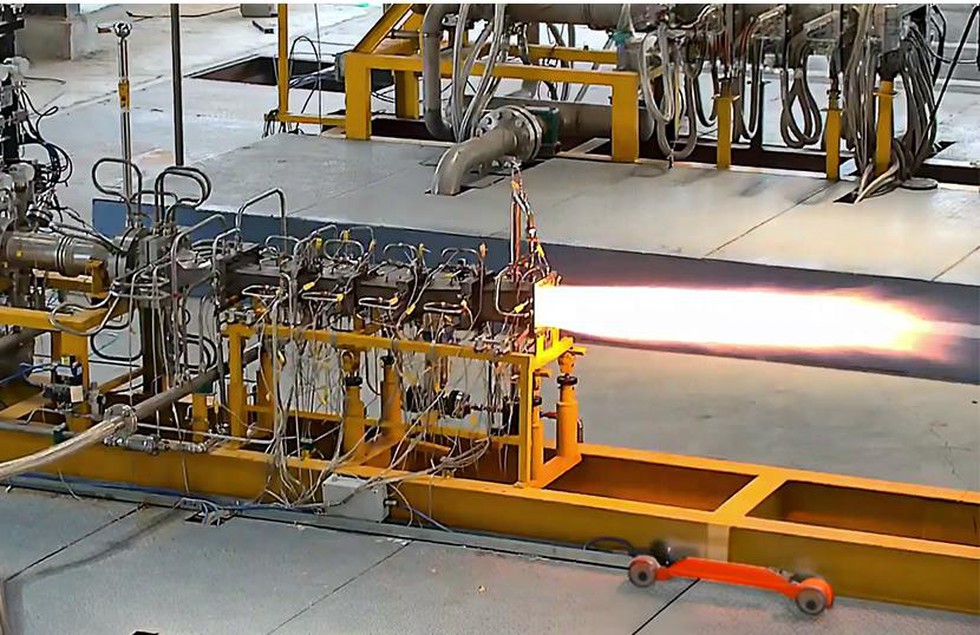About Scramjet Engine
- A Scramjet (Supersonic Combustion Ramjet) is an air-breathing engine designed to operate efficiently at hypersonic speeds (Mach 5 and above).
- Unlike traditional jet engines, it does not use rotating compressors, relying instead on the vehicle's high speed to compress air.
- Scramjets enable supersonic combustion, making them suitable for Hypersonic Cruise Missiles (HCMs).
- Scramjet Engine Working Principle:
- Air intake: Vehicle must already be flying at supersonic speeds (Mach 3+).
- Compression: High-speed movement compresses the incoming air.
- Combustion: Hydrogen fuel is injected and ignited while air remains supersonic.
- Thrust Generation: Expanding gases create thrust (based on Newton’s Third Law).
- Scramjets need rocket-assisted takeoff as they can't generate thrust at zero speed.
Jet Engine vs Ramjet vs Scramjet
|
Engine Type
|
Speed Range
|
Key Feature
|
|
Jet Engine
|
Subsonic to Transonic
|
Uses rotating compressor, works in atmosphere
|
|
Ramjet
|
Supersonic (Mach 3-6)
|
Needs forward motion to compress air
|
|
Scramjet
|
Hypersonic (Mach 5+)
|
Allows supersonic combustion
|
|
Dual Mode Ramjet
|
Mach 4–8
|
Shifts between ramjet & scramjet modes
|
About Hypersonic Missiles
- A Hypersonic Missile travels at speeds greater than Mach 5, offering high speed and manoeuvrability.
- There are two types of hypersonic weapons systems:
- Hypersonic Glide Vehicles (HGVs): launched by rockets and glide towards the target.
- Hypersonic Cruise Missiles (HCMs): powered by scramjet engines and capable of maintaining hypersonic speed throughout the flight. They typically fly at lower altitudes and are more difficult to detect and intercept due to their speed and manoeuvrability.
